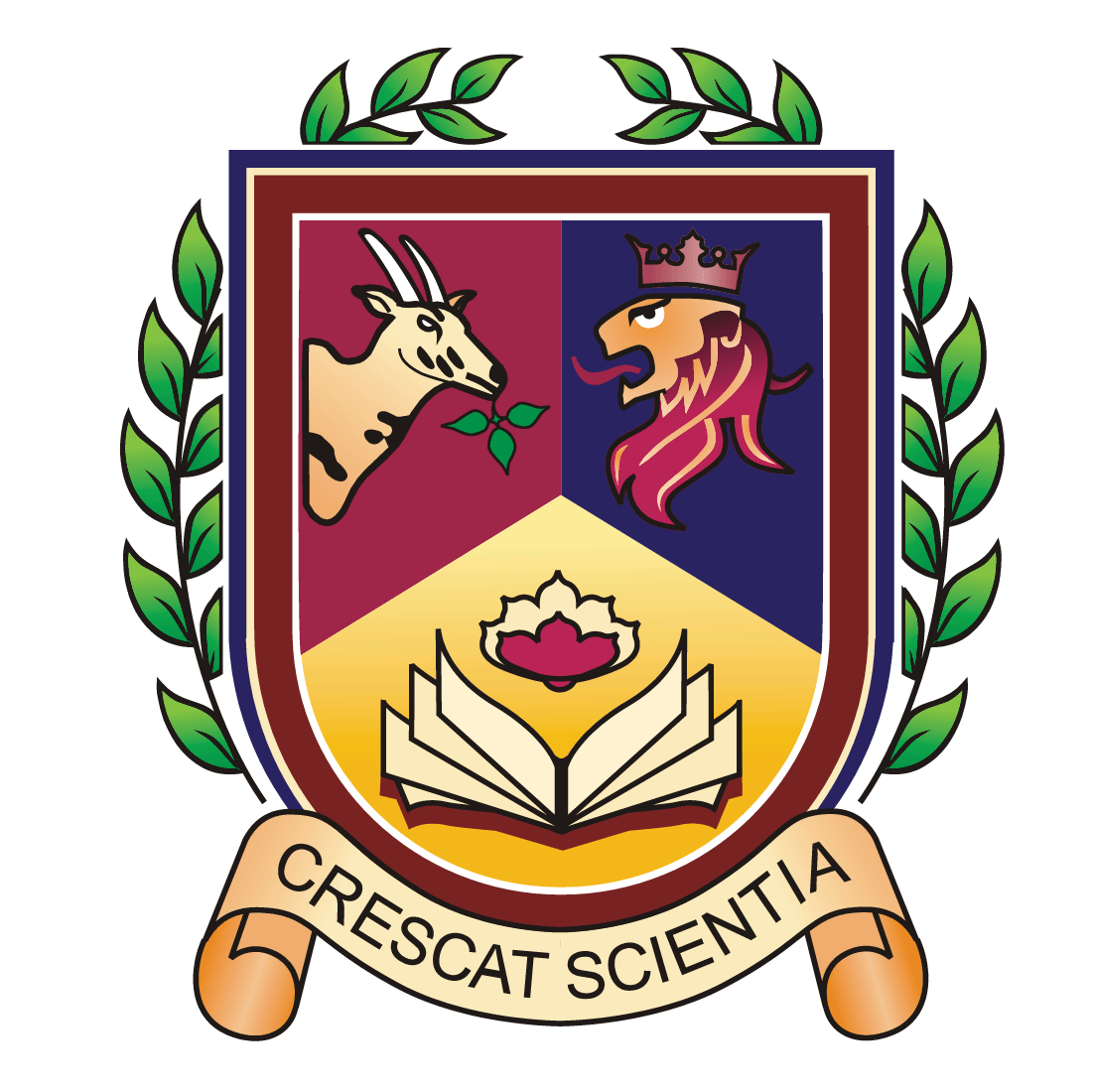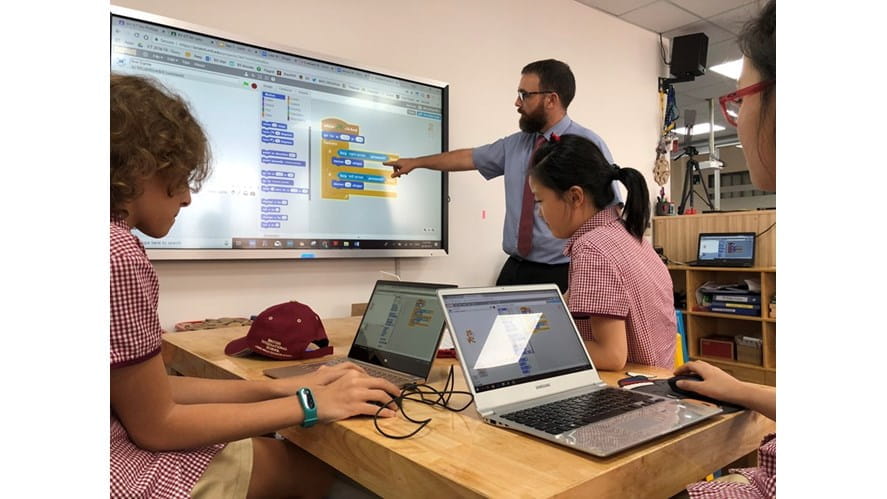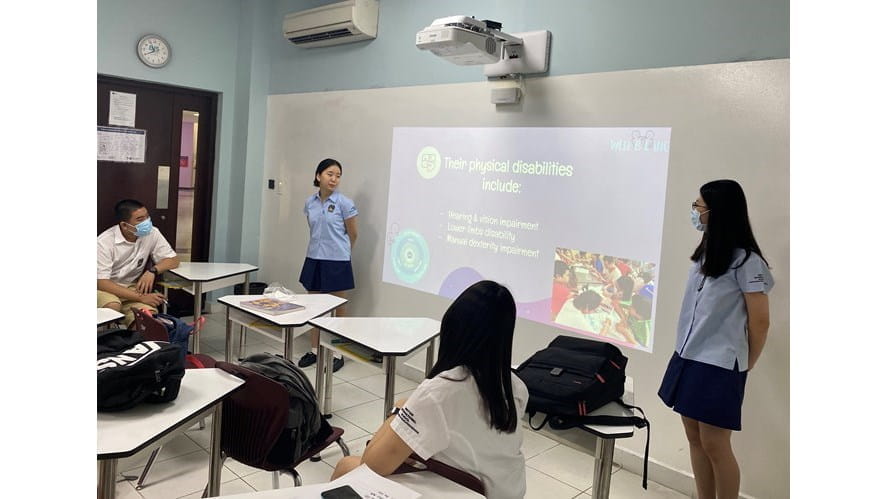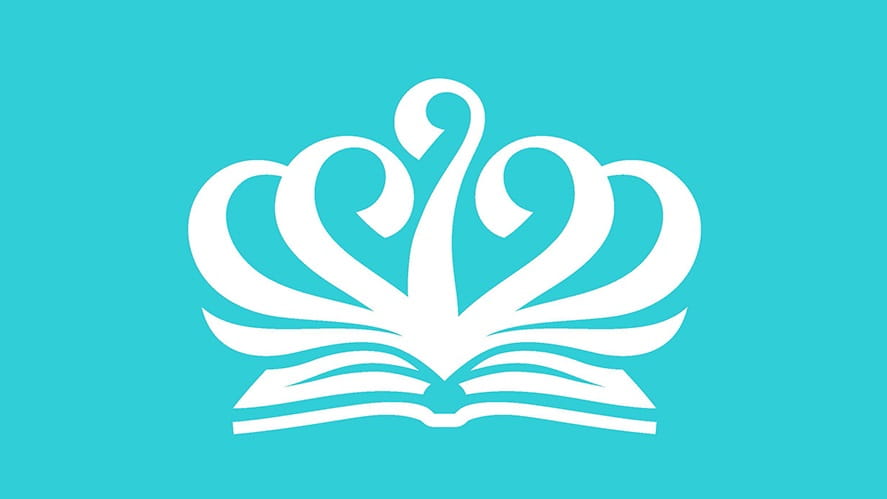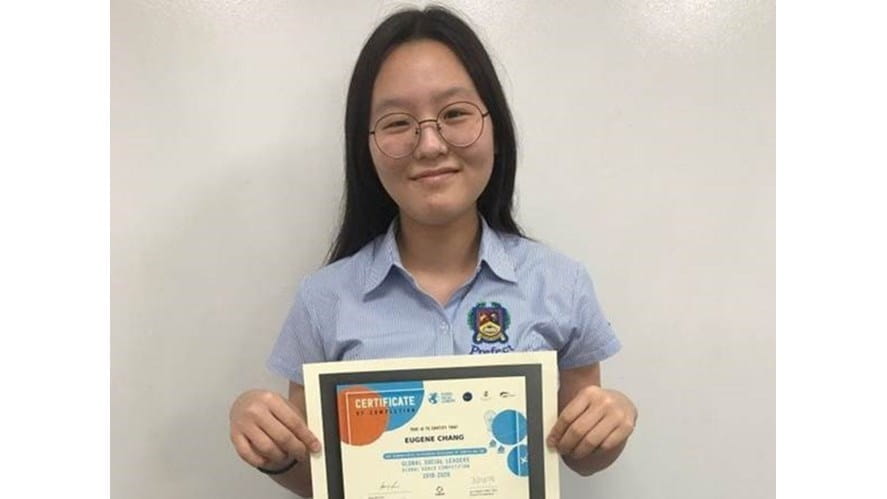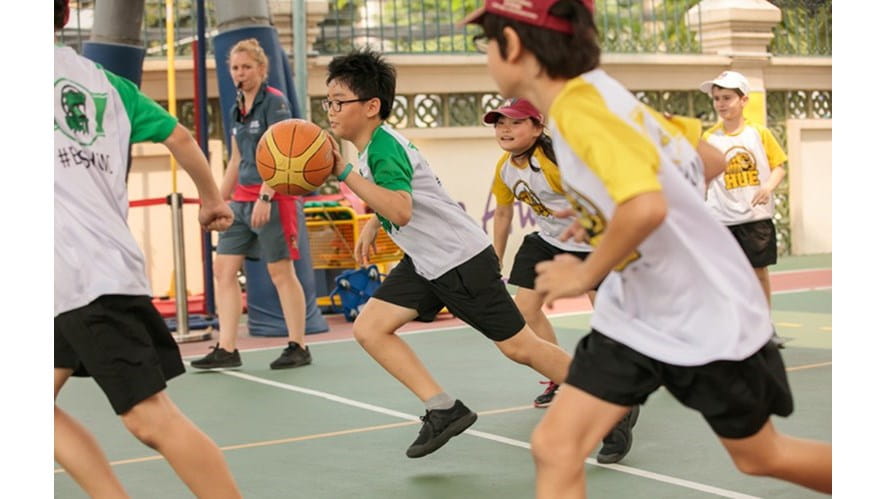Embracing Digital Technology in the DREAMS Lab
We have developed the DREAMS Labs at both the Early Years and Infant Campus and the Junior Campus as places that will develop student curiosity in technology and design while building the skills, such as problem solving, computational thinking, logic and reasoning and trial and error, that will be needed for the world that our students will graduate into.
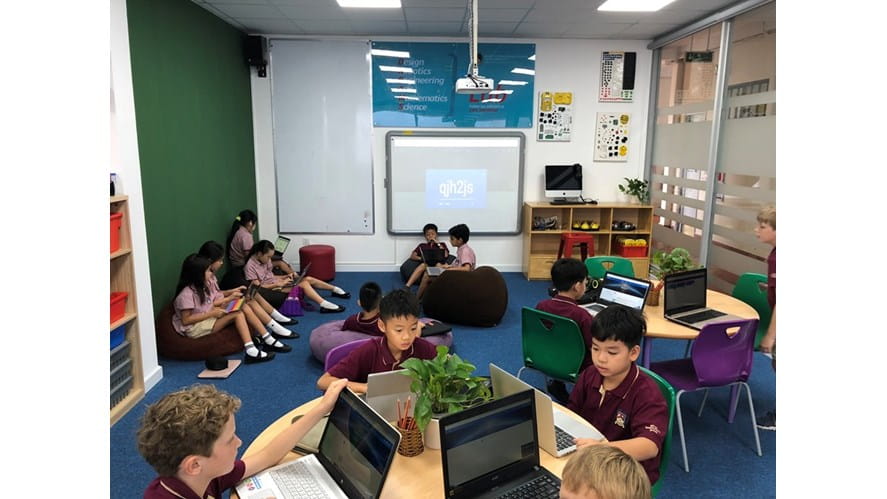
We have developed the DREAMS Labs at both the Early Years and Infant Campus and the Junior Campus as places that will develop student curiosity in technology and design while building the skills, such as problem solving, computational thinking, logic and reasoning and trial and error, that will be needed for the world that our students will graduate into.
Both Labs are flexible, tech-rich environments that we hope will inspire our students to do great things and will help to develop their ability to look at a problem, take it apart and then find a solution.
What is STEAM?
STEAM is a concept that you may be unfamiliar with, but it is seen as an essential component of the future of education and is also a way to improve our future. Science, Technology, Engineering, Art and Maths alone are no different to how they have always been, but when you use them in an interdisciplinary and applied approach you see a problem in a different way and are exposed to solutions that you may have not seen previously.
Within our DREAMS Labs we have moved away from traditional ICT learning areas and brought in elements of Design Technology and Computer Science, which allows us to solidify our MIT-Nord Anglia STEAM Programme. We have chosen a range of furniture that is moveable, adaptable, caters for different learning styles and allows us to modify the room to match the learning purpose of the lesson.

STEAM at the Early Years and Infant Campus
In the Early Years and Infant Campus, the Lab is focused on exploration of devices, technology and early Computer Science. Our Robotics programme uses BeeBots and Dash & Dot. Students learn about how we program a robot, write a code and use robots to solve a problem. BeeBots are hands on devices that look at position, movement and directional coding and are loved by the Foundation and Year 1 Students. Dash & Dot are the new robots down at the EY&I Campus and allow for greater skill development. Students begin with simply making the robots move and then progress onto how they can use robots to solve tasks.
We use iPads in lessons and a range of Apps that are targeted for classroom integration, as they allow students to share their learning and skills in a range of visual ways. iPads allow students to use text, image, video and audio in a range of ways to make connections with their learning and behind this students are developing literacy, comprehension and presentation skills. As an added bonus students are able to share their digital creations straight to Seesaw.
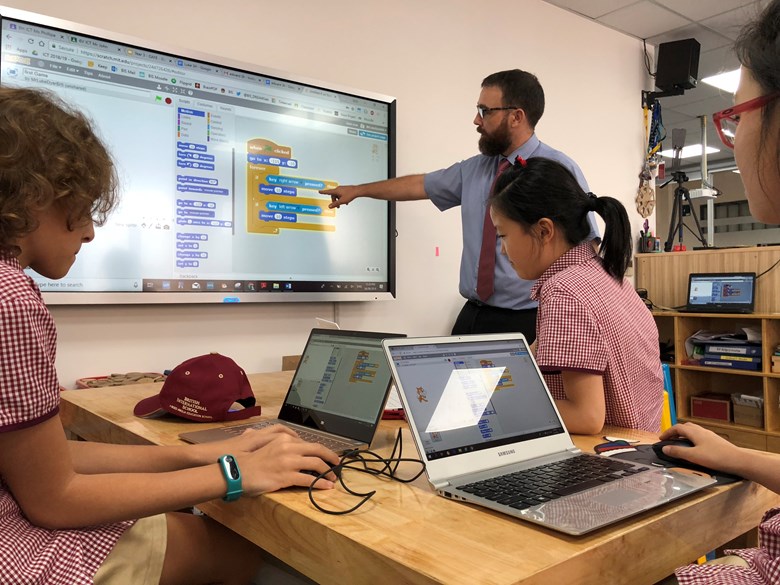
STEAM at the Junior Campus
In the Junior Campus we move from 'learning to use technology' to 'using technology to learn'. Students have access to cloud based learning with Google Apps for Education, their first email address and the ability to collaborate on documents with peers in and out of the classroom. We continue to use iPads as a medium to create digital documents, but also support this with computers and more complex software.
Coding in the Blockly language with MIT’s Scratch is a large component of students learning and we try and get students to make video games rather than just play them. The ability to code is now becoming more important in the workforce and this will continue to have an impact as we use computer learning and programming in more and more parts of our daily life. Aside from developing the skill of coding, students are developing an understanding of logic, trial and error, problem solving, perseverance and computational thinking, which are skills that will help them in all other learning areas.
The Junior Campus DREAMS Lab uses Lego WeDo and Mindstorms for our Robotics programme and this is where we take robots to another level. WeDo and Mindstorms allow us to take our coding skills to a physical level and we have the ability to use a range of sensors that allow our robots to interact with the environment. Students begin by making a robot move and by Year 6 they are learning how to code a robot to interact with a range of colours, sounds and inputs.
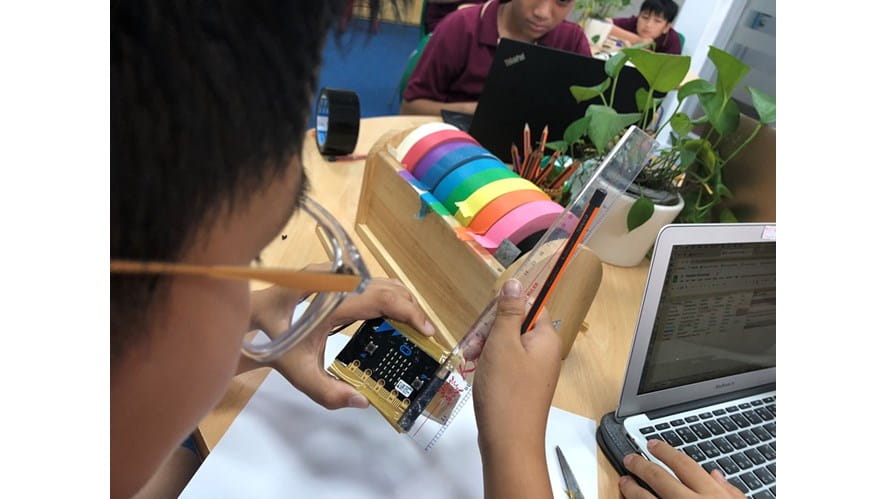
Digital Design has been a new addition to the curriculum, but one that the students are highly motivated and excited about. Students now have the ability to take a concept, to a prototype, to a working model through hand and digital tools. With the use of our three 3D printers students are able to create working models based upon their ideas, then test their designs, modify them and reprint the improved model. These are technologies that were not available in the world less than a decade ago and now we have them in class ready for our students to use.
Digital technology is a fast moving learning area, but no matter how much the technologies develop, the skills, process and attitudes remain the same and that is what we are hoping to foster and develop in the DREAMS Lab and prepare our students for an uncertain future.
Mr Luke Dyer, Head of Primary ICT & DT


